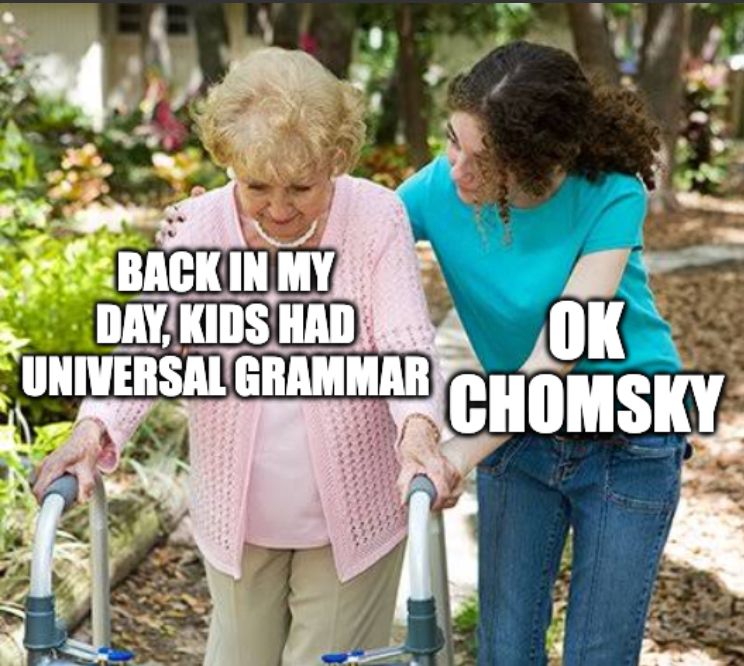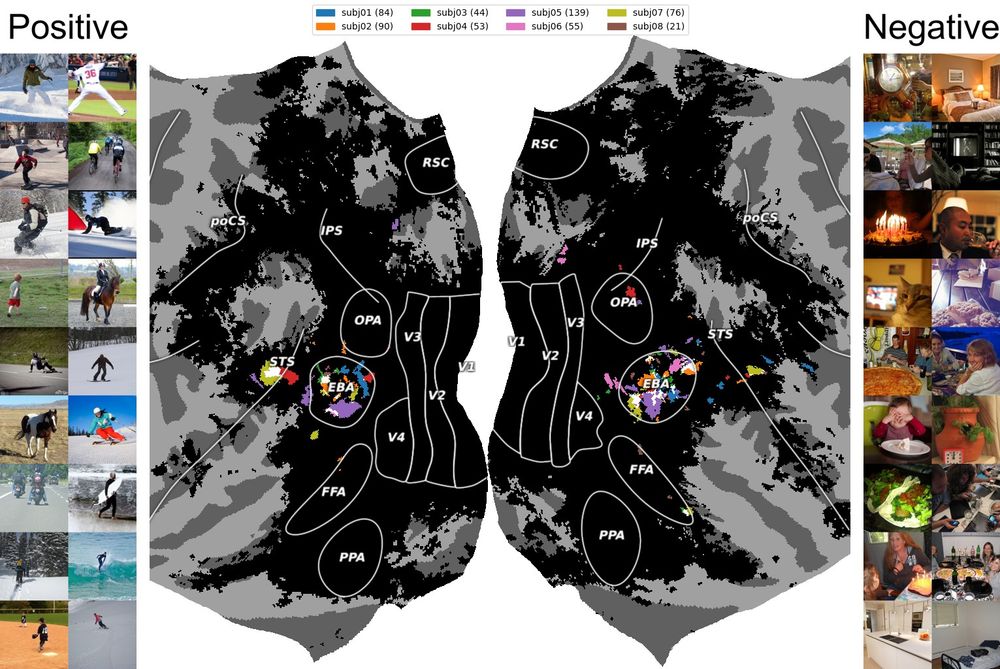Alona Fyshe
@alonaf.bsky.social
1.4K followers
74 following
21 posts
Associate prof @ UAlberta (CS and Psychology) studying language and semantic representations in the brain. TED speaker
Posts
Media
Videos
Starter Packs
Reposted by Alona Fyshe
Reposted by Alona Fyshe
Alona Fyshe
@alonaf.bsky.social
· Apr 29
Alona Fyshe
@alonaf.bsky.social
· Apr 25

Finding Shared Decodable Concepts and their Negations in the Brain
Prior work has offered evidence for functional localization in the brain; different anatomical regions preferentially activate for certain types of visual input. For example, the fusiform face area...
openreview.net
Alona Fyshe
@alonaf.bsky.social
· Apr 25
Alona Fyshe
@alonaf.bsky.social
· Apr 25
Alona Fyshe
@alonaf.bsky.social
· Apr 25
Alona Fyshe
@alonaf.bsky.social
· Apr 25
Alona Fyshe
@alonaf.bsky.social
· Apr 25
Alona Fyshe
@alonaf.bsky.social
· Apr 25
Alona Fyshe
@alonaf.bsky.social
· Apr 25
Alona Fyshe
@alonaf.bsky.social
· Apr 25
Alona Fyshe
@alonaf.bsky.social
· Apr 25
Alona Fyshe
@alonaf.bsky.social
· Mar 5

Rich Sutton awarded A.M. Turing Award for Reinforcement Learning Research
ACM, the Association for Computing Machinery, today named Andrew G. Barto and Richard S. Sutton as the recipients of the 2024 ACM A.M. Turing Award for developing the conceptual and algorithmic founda...
www.amii.ca
Alona Fyshe
@alonaf.bsky.social
· Aug 26
Alona Fyshe
@alonaf.bsky.social
· Nov 28
Alona Fyshe
@alonaf.bsky.social
· Oct 6






